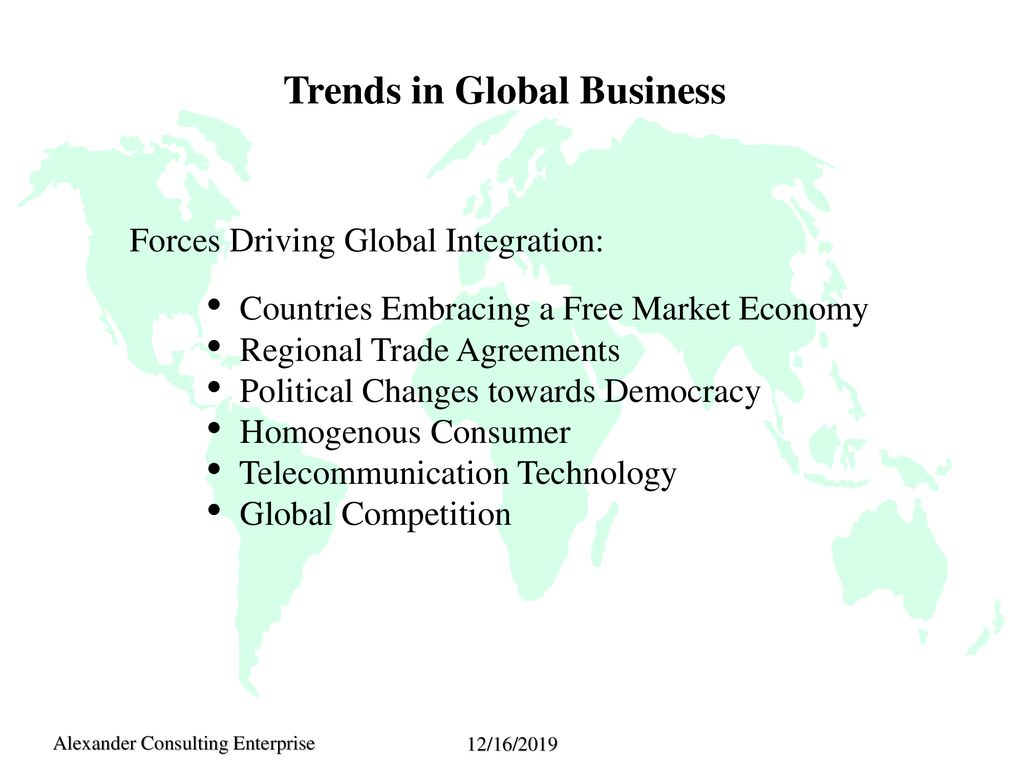As Market Crash vs. Correction: What Investors Should Know takes center stage, this opening passage beckons readers with casual formal language style into a world crafted with good knowledge, ensuring a reading experience that is both absorbing and distinctly original.
In the following paragraphs, we will delve into the differences between a market crash and correction, exploring their impact on investors and strategies to navigate these turbulent times.
Market Crash vs. Correction
Understanding the differences between a market crash and a correction is crucial for investors to make informed decisions.
Market Crash
A market crash is a sudden and severe decline in stock prices across a broad section of the market, typically resulting in panic selling and widespread financial losses. It is characterized by a rapid and significant drop in market indices, often exceeding 20% from recent highs.
- Examples of historical market crashes include the Great Depression of 1929, the Dot-Com Bubble Burst in 2000, and the Global Financial Crisis of 2008.
- Investors often experience significant wealth erosion during a market crash, leading to long-lasting economic repercussions.
- Market crashes are usually triggered by external factors such as economic crises, geopolitical events, or financial bubbles bursting.
Market Correction
In contrast, a market correction is a more moderate and temporary decline in stock prices, typically ranging from 10% to 20% from recent highs. Corrections are a natural part of the market cycle and serve to reset valuations after periods of excessive optimism.
- Examples of market corrections include the correction of 1987, the tech correction of 2011, and the COVID-19 correction in 2020.
- Market corrections are healthy for the market, as they allow for excesses to be corrected without causing widespread panic.
- Investors may view corrections as buying opportunities, as stocks become more attractively priced during these periods.
Causes of Market Crashes and Corrections

Market crashes and corrections are important events in the financial world that can have significant impacts on investors. Understanding the causes behind these fluctuations can help investors make informed decisions and protect their investments.When it comes to market crashes, there are several common triggers that can lead to a sudden and severe drop in asset prices.
Some of the main causes include:
Common Triggers for Market Crashes:
- Speculative bubbles bursting, leading to panic selling
- Global economic crises or recessions
- Black swan events such as natural disasters or geopolitical unrest
- Excessive leverage and margin calls
- Regulatory changes or policy shifts
On the other hand, market corrections are often driven by different factors that may not be as severe as those causing crashes. Some typical reasons for market corrections include:
Factors Leading to Market Corrections:
- Overvaluation of assets, leading to a gradual price adjustment
- Economic indicators signaling a potential slowdown or recession
- Interest rate hikes by central banks affecting borrowing costs
- Profit-taking by investors after a prolonged period of market growth
- Market sentiment shifts due to news or events impacting investor confidence
While both market crashes and corrections can result in downward movements in asset prices, the severity and speed of these movements are typically more pronounced in crashes. Corrections, on the other hand, are considered a healthy part of market cycles and are often seen as opportunities for investors to reassess their portfolios and make strategic adjustments.By understanding the causes behind market crashes and corrections, investors can better prepare for these events and mitigate potential risks to their investment portfolios.
Impact on Investors
When a market crash occurs, investors typically see a significant decline in the value of their portfolios. This can lead to panic selling, which further exacerbates the downward spiral of stock prices. Investors may incur substantial losses if they are heavily invested in the affected assets.To protect themselves during a market correction, investors can consider diversifying their portfolios across different asset classes.
By spreading out their investments, they can reduce the overall risk exposure to any single asset or sector. Additionally, having a long-term investment strategy and staying focused on their financial goals can help investors weather the storm during turbulent market conditions.
Strategies for Capitalizing on Opportunities
- Buy Low, Sell High: One strategy for capitalizing on market crashes or corrections is to look for quality assets that have significantly dropped in price. By purchasing these assets at a discount, investors can potentially benefit from their eventual recovery.
- Stay Informed: Keeping abreast of market developments and trends can help investors identify potential opportunities during market downturns. This includes monitoring financial news, company earnings reports, and economic indicators.
- Have Cash on Hand: Maintaining a cash reserve can provide investors with the liquidity needed to take advantage of attractive investment opportunities that arise during market crashes or corrections.
- Consider Dollar-Cost Averaging: Investing a fixed amount of money at regular intervals, regardless of market conditions, can help investors mitigate the impact of market volatility on their portfolios.
Market Crash vs. Correction: Timing the Market

When it comes to timing the market during a crash or correction, investors face significant challenges and risks. Trying to predict the exact bottom or top of the market can be a daunting task, and even seasoned professionals often struggle to get it right.
Let's delve into the complexities of market timing during these turbulent times.
Analyze the challenges of timing the market during a crash
Market crashes are characterized by rapid and severe declines in stock prices, often triggered by external factors such as economic downturns, geopolitical events, or natural disasters. The main challenge of timing the market during a crash is the unpredictability of the situation.
Prices can plummet in a matter of days or even hours, making it extremely difficult to anticipate the bottom and make profitable trades. Investors may panic and sell off their assets at the worst possible moment, locking in significant losses.
- Market sentiment can change rapidly during a crash, leading to emotional decision-making.
- Timing the market requires a deep understanding of macroeconomic factors and market dynamics.
- Technical analysis tools may not always provide accurate predictions during extreme market conditions.
Explore the risks associated with trying to time the market during a correction
Corrections are less severe than market crashes but can still be challenging to navigate. Attempting to time the market during a correction comes with its own set of risks, as investors may miss out on potential gains or sell too early, fearing further declines.
The fear of missing out (FOMO) or succumbing to herd mentality can lead to poor investment decisions and missed opportunities for portfolio growth.
Timing the market during a correction requires a delicate balance between patience and decisiveness.
- Overtrading or frequent buying and selling can erode profits and increase transaction costs.
- Market timing mistakes during a correction can have long-term implications for portfolio performance.
- Distinguishing between a temporary dip and a prolonged downturn is essential for successful market timing.
Provide tips for investors on navigating market timing decisions
Navigating market timing decisions requires a disciplined approach and a focus on long-term investment goals. Rather than trying to predict short-term market movements, investors can follow these tips to mitigate risks and enhance their chances of success:
- Focus on asset allocation and diversification to reduce the impact of market volatility on your portfolio.
- Stick to a well-defined investment strategy and avoid making impulsive decisions based on emotions or short-term trends.
- Consider dollar-cost averaging as a strategy to invest regularly regardless of market conditions.
- Stay informed about market trends and economic indicators but avoid letting news headlines dictate your investment decisions.
Ultimate Conclusion

In conclusion, Market Crash vs. Correction: What Investors Should Know sheds light on the crucial distinctions between these market movements, empowering investors with valuable insights to make informed decisions in the ever-changing financial landscape.
Question & Answer Hub
What defines a market crash?
A market crash is a sudden, severe decline in stock prices across a broad section of the market, often accompanied by panic selling.
How can investors protect themselves during a market correction?
Investors can protect themselves during a market correction by diversifying their portfolios, staying informed, and avoiding knee-jerk reactions to short-term fluctuations.
What are common triggers for market crashes?
Common triggers for market crashes include economic recessions, geopolitical events, and sudden shifts in investor sentiment.
Is it possible to time the market during a crash or correction?
Timing the market during a crash or correction is extremely challenging and often risky, as it involves predicting unpredictable market movements.



